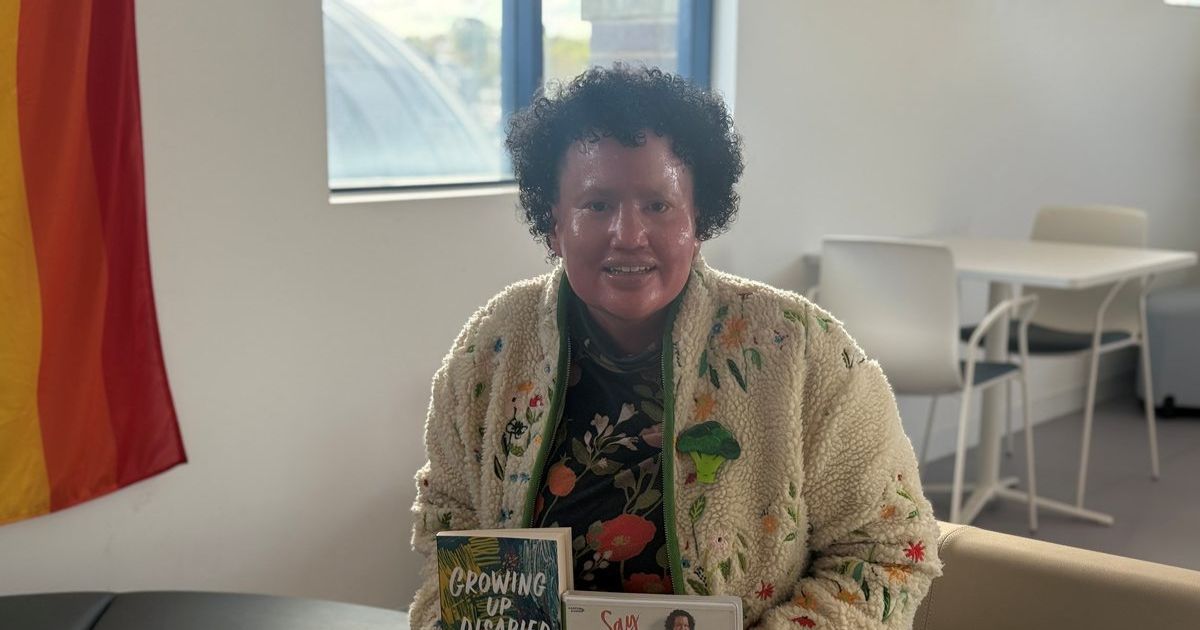From the desk of Roland Rocchiccioli – 12 April

Classic: Patti Page’s Doggie In The Window went number one around the world in 1953. Photo: SUPPLIED
The advent of pop music, catering for teenagers listening on their portable, and later transistor, radios, brought a flood of mixed creativity, which horrified parents!
SOME songs to the top of the hit parade charts, and stayed there – for weeks! However banal, they are a clear indicator of how attitudes and musical styles have evolved over 65 years. By today’s standards they probably would never be released.
Does Your Chewing Gum Lose Its Flavour On The Bedpost Overnight? Released by skiffle singer, Lonnie Donegan, 1959 (it was one of Bruce Springsteen’s favourite childhood songs); and My Old Man’s A Dustman, 1960, a number one hit in Australia.
A-hab the A-rab, was a novelty song written and recorded by Ray Stevens, 1962. It reached number five on Billboard Top 40.
Doggie In The Window, sung by Patti Page, reached number one on both Billboard and Cash Box charts, 1953, and selling in excess of two million copies. As a consequence, Kennel Club Registrations increased by 8 per cent in that year.
Itsy, Bitsy, Teeny, Weeny, Yellow Polka Dot Bikini, released 1960 by Brian Hyland. It reached number one on the Billboard Hot 100, selling a million copies in the US, and was a worldwide hit. There were French and German versions.
Hello Muddah, Hello Father, is a novelty song by Allan Sherman and Lou Busch, set to the tune of Amilcare Ponchielli’s, Dance of the Hours.
Purple People Eater, written and performed by Sheb Wooley. It reached number one in Billboard pop charts, 1958, and topped the Australian charts.
Beans In My Ears written by protest singer Len Chandler and released by The Serendipity Singers, 1964, was an international hit. Doctors protested that many children were actually putting beans in their ears and it was banned in some places.
Witch Doctor, was written and performed by Ross Bagdasarian Sr., under the stage name David Seville; released, 1958, Liberty Records label. It was an international hit and has enjoyed many incarnations.
Seven Little Girls Sitting in the Backseat: It was recorded by Paul Evans (US number nine) 1959, and covered by The Avons (UK number three). It would be, in today’s politically correct ethos, judged in appropriate – on every level.
My Boomerang Won’t Come Back, was record by British comedian, Charlie Drake and was a hit on both sides of the Atlantic, 1961. In less sensitive times, it was a hit in Australia; however, in 2015 it was officially removed, with an apology, from the ABC’s music list after it was given an airing in Hobart.
We should not forget the succession of hit songs about unrequited love and teenage tragedies which peaked in the late 1950s, early 60s. Earnestly maudlin, they were branded by the radio DJs as tear jerkers, death discs, or splatter platters.
Hello, This is Joannie (The Telephone Answering Machine Song) released on Polydor 1978-79 was a hit in Australia. Joannie died in a car crash following a young lover’s tiff.
Teen Angel – Mark Dinning – 1959. Deemed to morbid to be aired by British radio stations, the lyrics tell of the death of a teenage girl bit by a train. It reached 37 on the UK Singles Chart.
Ebony Eyes – Everly Brothers 1961 – reached eight on U.S. Billboard Hot 100. Initially banned by the BBC, the lyrics, which tell the story of a young man losing his fiancée in an aeroplane crash in stormy weather, were thought to upsetting to play on the radio.
Silver Threads and Golden Needles – 1962. Released by the UK folk/pop group The Springfields. It peaked at number 20, and was the first single by a British group to reach the American Billboard top 20. It was a personal favourite, along with, Wolverton Mountain.
If you are self-isolating, and this reminiscence has struck a sentimental gong, I suggest you go onto YouTube and indulge; take yourself on a journey to a time and more naïve place in your life, when we all moved at a gentler pace. Enjoy!
Roland can be heard on RADIO 3BA (although he’s not spinning classic 45s), every Monday morning, 10.45 or contacted [email protected].


















